CUNY Queens ︎ (ARTS241) Design 1
Project #2: Semiosphere
Project #2: Semiosphere




















Objective
Create a set of icons which you will subsequently animate in a videoBackground
Semiotics is the study of “signs,” it’s a bit too eggheady to go into in detail in this class, but fine for giving names to projects ︎. We’ll be creating a kind of “world” (sphere) of symbollic icons (signs) which will be animated in some way.This project is largely an exercise meant to introduce you to a(n effective) workflow in After Effects. Additionally, we’ll learn about different aspects of motion graphics and animation history and how they related to different technologies that were available at a given time.
After Effects isn’t hard, but it is complex, that is to say, it is composed of many small simple things. We’ll attempt to break apart those things, look at tips and tricks, and some possibilities for where you can go and apply your interests and skills along the temporal axis.
Note that this project is motion graphics, while you can certainly do things that make digital assets look hand animated, and incorporate frame-by-frame animation into After Effects, we won’t be learning about that explicitly.
Requirements
-
You must create at minimum 5 icons in Adobe Illustrator that will be incorporated into your video.
(we can be quite loose with the definition of an “icon,” but it should be about the level of complexity of a corporate logo) - Your icons must be saved as .pngs submitted digitally (with your animation).
- You must export an .mp4 video file that is at minimum 1 minute long.
(we’ll go over specific compression settings in class together) - Your video must contain some kind of sound. For example, background music, or sound effects synced with action, or both. If you want to do finer sound design, I’d suggest using Adobe Premiere as it is easier to time things out.
No Shuriken Mode Challenges
(Feel free to ask for help if you want to try any of these things, these are basically links to advanced tutorials we won’t have time to get to)- Use a 3D Camera and create a parallax rig as demonstrated here. Or just use multiple layers to create a parallax effect, the other video just makes things easier once you get the hang of it.
- Use a plugin like Ease ‘n’ Wizz (effectively free) or Motion (less free) to create some super cute keyframe interpolation.
- Use a plugin like Duik (free) or Rubberhose (less free) to create animated characters as your “icons”
- Explore using particle simulation in After Effects
Considerations
-
The time it takes to render a video︎Rendering, is essentially “printing” (to a file) for video. You need to allocate a little extra time for this.The time it takes for your video to render is dependant on the complexity of your content (length of video, color, number of layers, processor intensive tasks like effects or 3D layers), the power of your computer, and the level of compression that you need. You should probably allocate around 2 - 3 hours to make sure you can export your video, check it for errors and quality and re-export a couple more times if necessary.
- Accounting for small errors ︎To work on things quickly and efficiently, you’ll often preview your work smaller and at lower quality than the final output. Thus, you’ll probably miss an error. Just leave some extra time to account for this.
- Creativity and new tools don’t always mix ︎My understanding (based on syllabi I’ve seen) is that After Effects is new for a lot of you. Don’t worry about understanding every aspect of it. Find your lane, apply your existing skills and aptitudes, or just explore a technical aspect that is interesting to you. Concern yourself less with making the best work you’ve ever done with a tool you’re simultaneously learning for the first time.
Relevant Dates
(this project is 4 weeks)
03/03/2020 ︎In class Check-in
03/10/2020 ︎Critique!
Examples
(note that these took time, money, and experience to realize by experts in the field, but I’m putting them here for inspiration. Also if you like these, a bunch of them were pulled from ice cream hater’s feed)Apple WWDC 2013 Keynote Intro by Buck
Synchrony Bank - The Future from Gunner
What is Figma? from Enle Li
GoNoodle Branding from 2veinte
DASH Rebrand Idents from Oliver Sin on Vimeo. ︎Back to Design 1